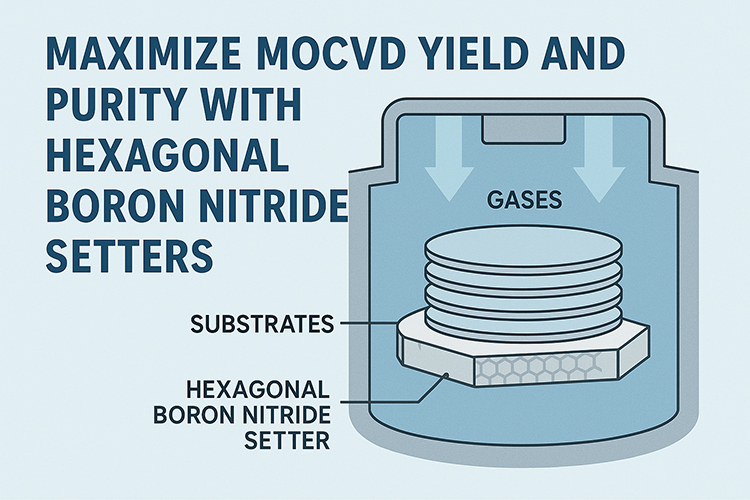How Does the Nano Alumina Work in Precise Ceramics?
From a structural ceramics standpoint, nano alumina precise ceramics can be classified into wear-resistant parts, structural parts, refractory parts, carriers, acid-resistant parts, insulating parts, and more. In terms of functionality, nano alumina has a wide range of applications, including electrical, optical, chemical, biological, sound absorption, heat, and mechanical properties. Thanks to its numerous functions, nano alumina precise ceramics, made mainly from nano alumina as the primary raw material, have found use in various high-tech fields.
Electronic Industry
The manufacturing methods of nano alumina ceramic multilayer substrate for encapsulation include thick film printing, green pack printing, green pack printing, and thick film mixing.
The transparent body of nano alumina formed by polycrystalline opaque nano alumina is applied to the high-pressure sodium lamp luminescent tube, and the illumination efficiency is twice that of the mercury lamp, thus opening up a new way to improve lighting efficiency. Transparent nano alumina precise ceramics not only can transmit light but also has properties such as the high-temperature resistance, corrosion resistance, high insulation, high strength, medium loss small and so on.
The nano alumina ceramics are used as sensitive elements for high temperature and corrosive gas environments to make the information of detection and control accurate and rapid.
Biological Nano Alumina Ceramics
Nano alumina polycrystal is a biological functional material and was applied to the human body in 1969. Nano alumina precise ceramics used in medical engineering include single crystal and sintered polycrystals. Now, polycrystalline alumina is widely used to make artificial teeth and bones in the United States, West Germany, Switzerland, and the Netherlands. Medical materials are mainly nano alumina, which is used for roots and joints of teeth, and the contact angle between nano alumina precise ceramics and human tissue fluid is the material closest to human teeth. So far, there are more than 20 kinds of bioceramics used in medical engineering, among which nano alumina is the most used one.
Nano Alumina Ceramic Tool
The hardness (Hr) of nano alumina is 2700~3000 and Young’s modulus (kg/mm2) is 35,000 ~41000, the thermal conductivity coefficient is 0.75 ~ 1.35 x 103 j/m. h. ℃, and the thermal expansion coefficient of 8.5 x 10-6 / ℃ (room temperature to 1000 ℃). While taking advantage of these properties, Al2O3, TiO2 and Al2O3-ZrO2 series of ceramics have been developed to improve the toughness and impact resistance of nano alumina ceramic tools and adapt to the needs of high-speed cutting.
Conclusion
In conclusion, nano alumina precise ceramics have a wide range of applications due to their unique properties and functions, including wear-resistant parts, structural parts, refractory parts, carriers, acid-resistant parts, insulating parts, and more. They are used in high-tech fields such as the electronic industry, medical engineering, and ceramic tool manufacturing. Nano alumina precise ceramics have proven to be valuable for their transparency, high-temperature resistance, corrosion resistance, high insulation, high strength, low medium loss, and other properties. As research and development in this field continues, we can expect to see even more innovative uses for nano alumina precise ceramics in the future.
Advanced Ceramic Materials (ACM) supplies high-quality ceramics and related products to meet our customers’ R&D and production needs. Please visit https://www.preciseceramic.com/ for more information.
{{item.content}}
LEVE A REPLY
{{item.children[0].content}}
{{item.content}}
LEAVE A REPLY
SUBSCRIBE OUR NEWSLETTER
- Boron Nitride in Cosmetics: Enhancing Performance and Sensory Appeal
- Maximize MOCVD Yield and Purity with Hexagonal Boron Nitride Setters
- What Are the Advantages and Uses of Boron Nitride Ceramic Sheet?
- The Compression Annealing Advantage for Pyrolytic Boron Nitride
- Beyond Insulation: The Surprising Spectrum of Ceramic Thermal Conductivity











